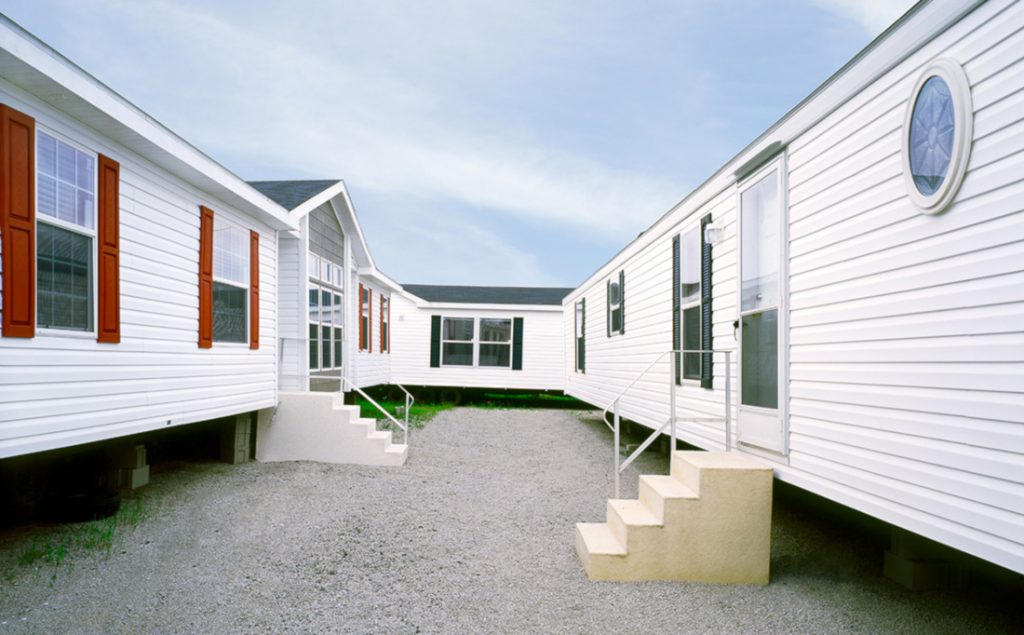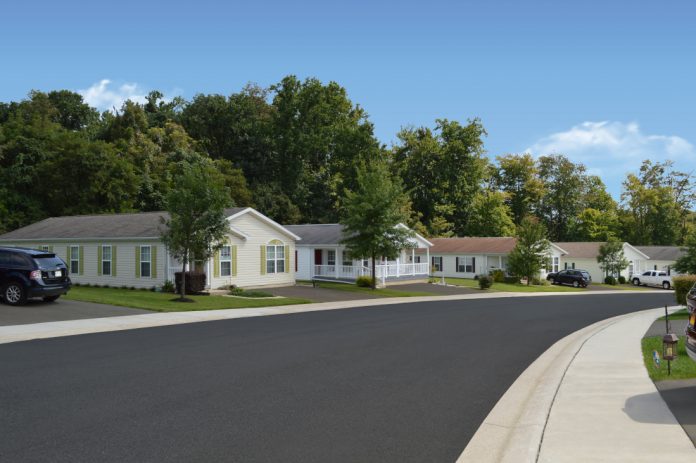What Forms of Lending Are Available for Retailers and Community Owners?

Prior to the late 1990s, retailers and community owners had many options for their customers to finance the purchase of manufactured homes.
At one time, there were 18 national lenders and over 30 regional lenders providing financing to prospective owners of new and pre-owned manufactured homes. By 2001, there were only three national lenders and a smattering of regional lenders still actively seeking new loans.
As a result, sales plummeted and retailers and community owners began seeking alternative methods of getting their customers financed.
Many methods emerged — some legal, some not, some existing in an undefined gray area of the law. Most were disastrous for both the provider and the borrower. With the passage of the SAFE Act (2006) by the states at the demand of the federal government, almost all of the methods of finance became instantly illegal.
Lending for Retailers & Community Owners Post SAFE Act
There are legal alternatives, however… some very complex and some easier to implement. Which alternative to pursue depends on the abilities and resources of the retailer or community owner.
The larger operator with considerable resources and the potential for a high volume of loans can consider setting up a related or captive finance company to make loans to the customers of the selling organization. This only works for organizations that already have capital sufficient to make the loans, or capable of accessing capital at rates and terms that will make lending to customers workable and profitable.
For many who have done so, the profits from lending have exceeded the profits of the original operation. For others, however, it was problematic, because they lacked the ability to effectively manage a lending operation. That accounted for a dozen or so large organizations abandoning this type of effort, despite the huge profits.

Joint Ventures
For others, there are joint ventures that vary in methods of operation, mostly based on the selling entity’s access to capital. This type of operation usually consists of a selling organization working with an existing lending operation to make loans to their customers, either using the seller’s capital or the lender’s capital.
For those sellers with capital to fund loans that also operate land-lease communities, companies like Park Lane Financial and Triad Financial Services offer solutions that work — if the loan volume is sufficient to interest these organizations. However, at this time, stand-alone retailers are excluded from these programs.
Park Lane and Triad also offer programs that utilize their capital, as does the CASH program offered by 21st Mortgage.
Know What You’re Getting Into
For a retailer or community owner to make the right choices, it is important to understand the risks and rewards of the methods they are evaluating. It also is important to understand what they can and cannot bring to the table to make a solution work.
The most important consideration is the risk the method presents when a loan or loans go bad. Many years ago, it was common for lenders to make very risky loans to buyers because the retailer or community owner had signed a recourse agreement that fully indemnified the lender against any losses from a non-performing loan. Typically, the guarantor had little real underwriting knowledge on who did or did not get a loan, and even less on how the loans were serviced. While that was good for the lender most of the time, it could be disastrous for the seller who guaranteed the loans.
The simple truth is when loans go bad, the person or entity guaranteeing the loan loses money. The trick is to make enough performing loans, at a high enough interest rate, to cover the non-performing loans and still make a profit.
Choose Carefully The Loans to Make, Those to Pass On
Both retailers and community owners make money selling homes, and community owners also make money by filling pads and collecting lot payments. But, as soon as either involves themselves in financing, they should understand which loans should be made and not. This is difficult — the need to sell homes and fill communities is pressing — but it is vital to continued success.
To accomplish this successfully, the retailer and/or community owner must gain the knowledge necessary to understand how to make prudent lending decisions. They must also have the power and authority to use that knowledge to approve or veto prospective borrower loan requests. They also need knowledge and understanding of how to properly service loans to avoid unnecessary repossessions.
Just because a lender makes manufactured home loans doesn’t necessarily mean they fully understand what they are doing. Past debacles involving a number of lenders clearly make that point. Those supposed experts on manufactured housing lending were not, as their spectacular meltdowns prove.
For lenders working with sellers (and the sellers being ultimately responsible for assuming any losses), the lender often is disincentivized to some extent to even care about a loan portfolio’s performance. Again, the guarantor, normally the retailer/community owner, needs to be knowledgeable and have enough authority to assure proper underwriting and service to avoid excessive non-performance. Done correctly, this does not mean dealing only with A-credit buyers; with proper understanding and structuring, it allows for making successful loans to subprime borrowers, too. There have been, and continue to be, performing loan portfolios rife with sub-600 FICO scores.

A Successful Method
One of the most successful methods for retailers and community owners who lack the funds to make their own loans to customers is to enter into a joint venture relationship with a depository institution. This method allows the depository to provide the capital for lending, and to assume regulatory responsibility, as well as providing the entity to make and service the loans. The retailer and/or community owner obviously provides the prospective borrower, but also much more.
Depository institutions have a horrible track record at manufactured housing lending. Many have lost so much money making these loans that their regulators actively discourage them. That creates the opportunity for a retailer/community owner to propose and engage in a joint venture relationship that is profitable to both and provides a robust system of financing the homes sold by the retailers and community groups.
Trust Yourself to Control the Program
For this method to work, the retailer and/or community owner must have considerable input and control into three areas:
- Loans to be made
- The structure of loan offerings
- Operation of service, collection, and repossession
This creates the backbone of the joint venture agreement and, when properly done, assures success for both parties.
To make this viable, the retailer and/or community operator must be knowledgeable about the peculiarities of manufactured home loan underwriting and the structuring of any resultant loan offers to borrowers. They also must be knowledgeable about the differences in servicing, collecting, and collateral recovery in manufactured home lending. The retailer/community operator also must be able to effectively communicate and train depository personnel in these differences.
If properly presented to a depository needing to get capital on the street, the depository is often an eager participant, as these types of loans have a higher return than other types of loans the depository normally makes. The key to success is that the retailer/community operator must be able to bring specialized industry knowledge to the joint venture, which can assure success for both parties.













